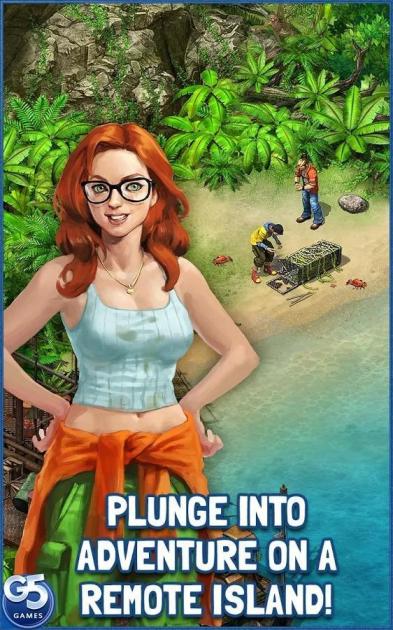

When they did describe the people who lived there, they portrayed them as relics of the Stone Age quote-unquote “savages” or child-like folk who needed paternalistic guidance from whites. John Sacheuse, Royal Museums Greenwich // Public Domainįrom the advent of modern European polar exploration in the 16th century right up until the present day, nearly every community of Indigenous people in Greenland and Arctic North America had some encounter with white explorers, whalers, or traders.Īnd yet, European explorers often thought of the Arctic as an empty, inhospitable wasteland. John Sacheuse's sketch shows John Ross and William Edward Parry (in blue naval uniforms) meeting Inughuit in northwestern Greenland. They turn out to be one of the last uncontacted communities of Arctic people in this region. Though Sacheuse speaks a different form of the language, he finally understands that these Inughuit have never before seen white people. The curious Inughuit bombard him with questions about his clothing, the ships, and where he came from. After a few moments they begin shouting with approval and pulling their noses, a move that Sacheuse imitates. They approach the knife cautiously, and gingerly pick it up. But the Native people are terrified of the strange men and looming ships. Eventually he throws a knife on the ground and urges them to take it as a present. He sends out his Inuit interpreter, John Sacheuse, carrying a small white flag. The following day, Ross sees a group of Inughuit approach the gifts. At the base of the flagpole he puts out another bag of gifts and a sign with a hand pointing to the ship. Undaunted, Ross decides to raise a flag with pictures of the sun, moon, and a hand holding a sprig of Arctic heath-the northern version of an olive branch. Several hours later, Ross writes, “the dog was found sleeping on the spot where we left him, the presents remaining untouched.” Ross, following the habit of previous explorers, immediately sets out gifts of knives, European clothing, and a Greenland dog with strings of blue beads around its neck to signal that they come in peace. But they turn out to be Native people, a community of Inughuit living farther north than Europeans believed was physically possible. Ross assumes they’re shipwrecked sailors in need of rescue, and he steers the Isabella to get closer. They spy several figures running on a hill near shore.

They assume this land of glaciers and stark mountains is uninhabited. John Ross, commanding the HMS Isabella, and William Parry in the HMS Alexander are farther north along the western Greenland coast than any previous explorers. It’s August, 1818, and two British naval ships are dodging icebergs in Baffin Bay on their mission to find the Northwest Passage.

Subscribe here, or by clicking subscribe above!


 0 kommentar(er)
0 kommentar(er)
